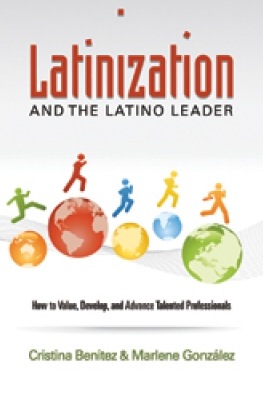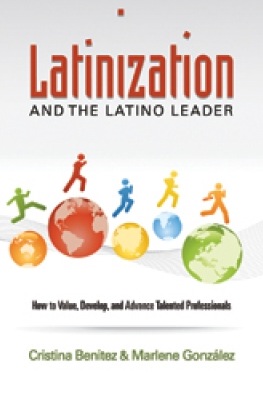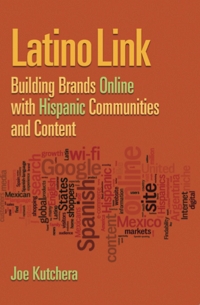This article originally appeared on MediaPost.
Does your company’s talent pool reflect the audience segments that will deliver the fastest growth? And have your executives fostered opportunities for a diverse leadership team that can best understand multicultural America? These are great questions to consider as consumers visit your stores, call your 1-800 numbers and buy your products and services. All of us in Hispanic marketing know that Hispanics represent the majority of the population growth. And, in many industries, they represent a substantial portion of the sales growth. For example, in the mobile phone industry, Hispanics accounted for 31% of all new wireless subscribers from 2009-2010, according to Simmons. And Hispanics rank number one in texting and number two in voice minutes used among all ethnic groups, according to a recent Nielsen telecom study.
Nevertheless, many companies lack the marketing or HR talent to understand diverse market segments with all-white executive teams. Even worse, some customer service groups speak only a little Spanish or face a deficit of know-how in meeting the needs of Hispanic customers.
In their new book, Latinization and the Latino Leader, co-authors Cristina Benitez and Marlene Gonzalez outline how organizations can foster Latino leadership and better prepare your organization for a far more diverse America in the years ahead. Specifically, the book provides cultural insights on the Latinization of America as well as a methodology for companies to assess, train, and develop their Latino employees.
Recently, I had the opportunity to speak with Cristina Benitez, the author of the book and Director of the Latino Media and Communication program at DePaul University, about How to Value, Develop and Advance Talented Professionals, as the sub-title of her new book promises.
What does the Latina/o business executive face that her Caucasian counterpart doesn’t?
Many Latinas in business didn’t grow up with family role models who graduated from college and then went on to enter corporate America. This poses a significant disadvantage. In contrast, many privileged Caucasians have access to and enroll in prestigious universities. It takes additional determination and grit on the part of Latinas to overcome these hurdles.
Why do marketers need to create a more diverse employee base in their companies?
Innovation and collaboration make companies successful today. Having a diverse workforce naturally provides differing points of view and solutions to problems. In addition, a diverse employee base reflects the multiracial population of the U.S. today. According to a Pew Research Study released in June 2010, one out of every seven new marriages in 2008 was interracial or interethnic. This is the highest percentage in U.S. history.
What companies and leaders are doing it right?
The September issue of Hispanic Business lists them annually. This year, AT&T leads the pack. Marriott International, Exelon Corp., Procter & Gamble, Abbott, Coca Cola, Southwest Airlines have also done great work. These companies have incorporated Latinos into their workforces at all levels. To do it right, Latinos need to be in top leadership positions all the way down, and each level needs to receive the same level of respect.
What five takeaways does your book offer business leaders to retain, develop and advance talent for today’s multicultural America?
In our study, we discovered the following motivators for Latina employees:
• Latinas are educated – 70% of our sample was more educated than their parents. Many have gone on to get graduate degrees so companies can draw from an educated talent pool. Companies should seek bilingual candidates who can add both cultural and language insights to their talent pool.
• Latinas want corporate professional development opportunities. And just as importantly, they want to be heard, respected and empowered by their employers. In Latino culture, respect is regarded highly.
• Companies offering Employee Resource Groups (ERG) provide Latinos a forum for development, socialization, and camaraderie. The Latino culture values collectivism and ERG’s are a good way to support this Latino trait.
• The Latino Competency Model, discussed in the book provides insights about how to assess and utilize employees’ competencies and their contributions to the fullest. We do this by using the graphic models that can help you analyze the best roles for your Latino employees.
• Latinos are optimistic about the future. They have experienced their parent’s journey and know their generation’s opportunities are greater. Their optimism is contagious.
What companies do you think are doing a great job? Comment here or leave a comment on Twitter @joekutchera.








